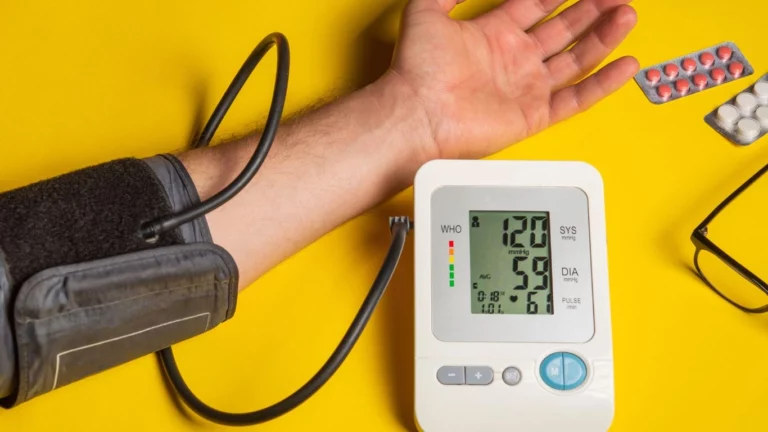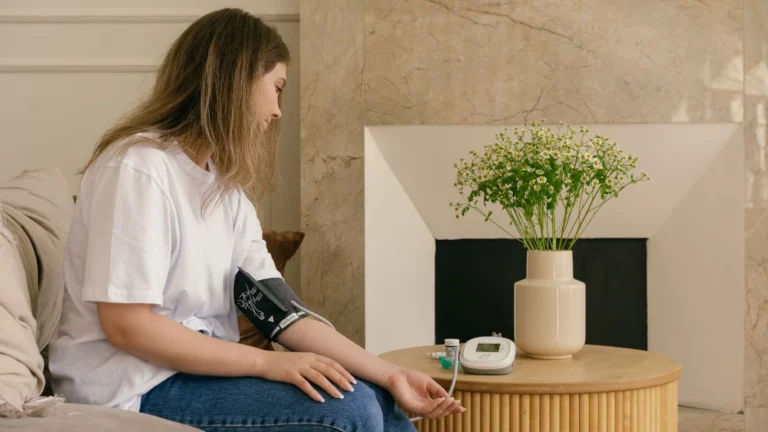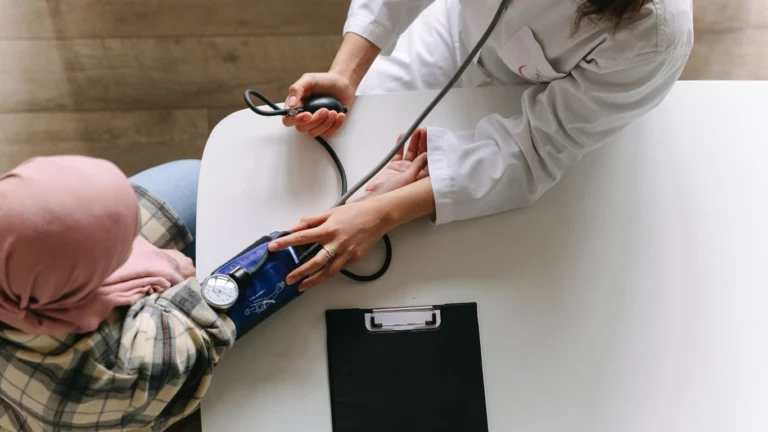Best Sleeping Temperature for Hypertension: Sleep Smarter Tonight
Let’s talk sleep—and not just any sleep. I’m talking about the kind of rest that helps lower your blood pressure and supports your heart long-term. As an Internal Medicine physician who’s worked with countless patients managing hypertension, one of the simplest but most overlooked lifestyle tweaks I often bring up is the best sleeping temperature for hypertension. Sounds small, right? But your room temperature at night could be playing a sneaky role in how your blood pressure behaves. I’ve had patients make this one change and see improvements—not dramatic overnight miracles—but steady, measurable gains that matter over time. Let’s get into why this works and how you can make it part of your routine.
How Temperature Affects Blood Pressure While You Sleep

First, let’s break down the basics. When you sleep, your body temperature naturally drops slightly. That cooling effect is part of how your body signals to your brain that it’s time to slow down and rest. If your room is too warm or too cold, you’re fighting against that natural rhythm—and that can trigger stress responses that keep your blood pressure higher than it needs to be.
What Happens in a Too-Warm Room?
If your bedroom feels like a sauna, your heart might be working overtime to keep you cool. This can cause your blood vessels to dilate, making your heart pump faster. Over time, this added strain isn’t great news for anyone with hypertension. I’ve had patients tell me they wake up groggy, sweating, or with mild headaches—classic signs of disrupted, low-quality sleep. And all of that can spike your morning blood pressure readings.
…And What About a Freezing Room?
On the flip side, if you crank the AC down to Arctic levels, your body may react by constricting blood vessels to conserve heat. This vasoconstriction can cause a temporary rise in blood pressure, especially if your body’s working overtime to keep warm. You might not feel this happening, but over time, consistently cold sleep environments can cause fluctuations that aren’t ideal for hypertensive patients.
So, What *Is* the Best Sleeping Temperature for Hypertension?
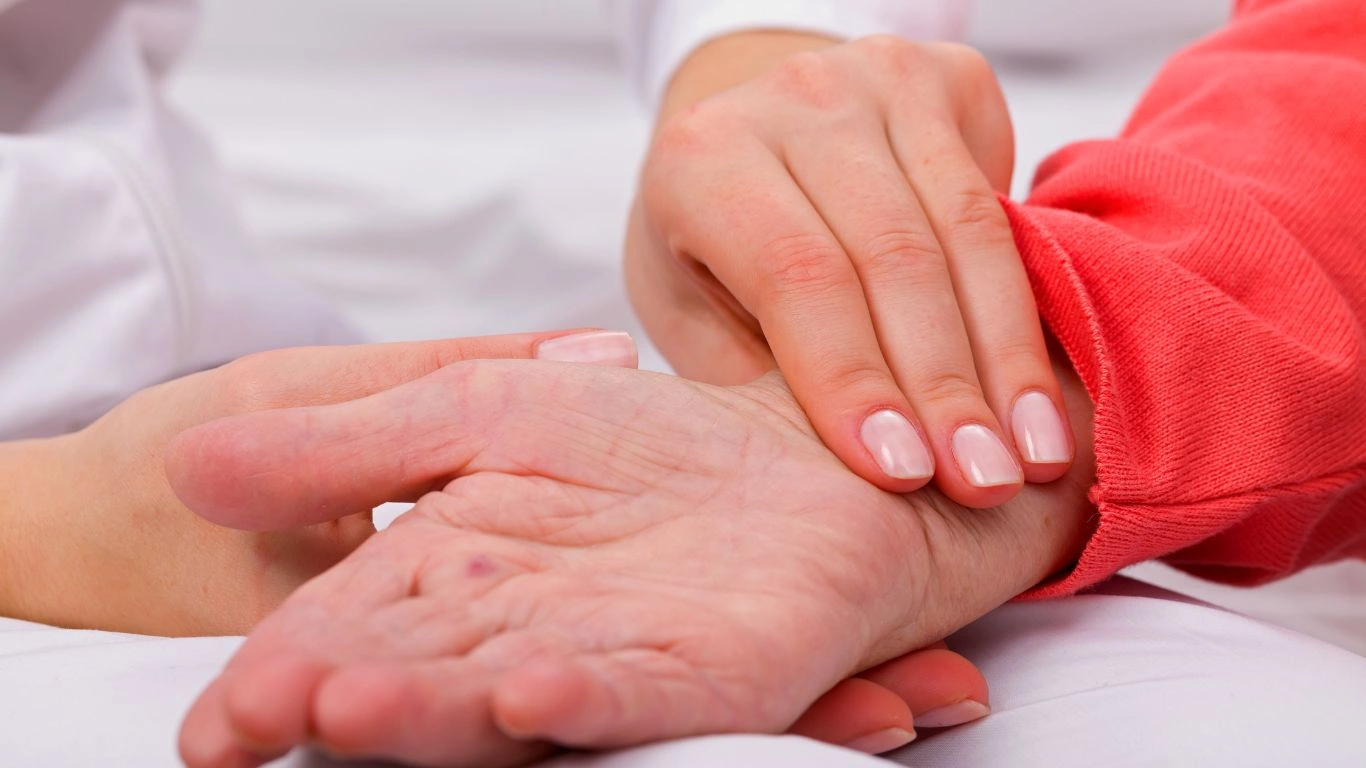
Based on research and my clinical experience, the sweet spot for sleep temperature typically falls between 60 to 67 degrees Fahrenheit (15.5 to 19.5°C). This range seems to best support the body’s natural thermoregulation processes, allowing the cardiovascular system to relax instead of ramp up.
Why That Specific Range?
- It mimics natural core body temperature drops at night
- Promotes melatonin production, which not only helps you sleep but also plays a small role in blood pressure regulation
- Minimizes vasoconstriction and heart rate variability
- Improves sleep quality, which is directly linked to lower nighttime and early morning blood pressure
It might sound overly specific, but trust me—tiny tweaks like adjusting your thermostat can yield outsized results over weeks and months. I had a patient—let’s call her Linda—who was waking up every morning with readings in the 150s, even though her daytime numbers were well controlled. We adjusted her evening routine, dropped her bedroom temp by a few degrees, and boom—morning readings started settling into the 130s. Nothing else changed. Just that one environmental factor. It’s wild how the body responds when we give it what it needs.
Creating a Heart-Healthy Sleep Environment

So how do you actually create the ideal bedroom for blood pressure control? Good question—and it goes beyond just fiddling with your thermostat. Here’s what I usually recommend to my hypertensive patients:
Top Tips for a Better Sleep Environment
- Set your thermostat to between 60–67°F. Start in the middle of that range and adjust based on how you feel in the morning.
- Use breathable bedding. Natural fibers like cotton or bamboo help regulate your body temp better than synthetics.
- Block out blue light. Blue light delays melatonin, which messes with your circadian rhythm and can raise BP overnight.
- Try a fan or white noise machine. It helps circulate air and can make falling asleep easier, especially if you’re easing into the cooler-temp game.
- Track your results. Use a home BP monitor and see how your sleep tweaks impact your morning numbers over time.
As someone who’s seen firsthand how simple changes like this make a meaningful impact, I can’t emphasize enough how much your sleep setting matters—especially if you’re managing hypertension. You don’t need fancy gadgets or a total bedroom makeover. Just start with the basics: temperature, light, and airflow.
Other Sleep Disruptors That Can Spike Blood Pressure
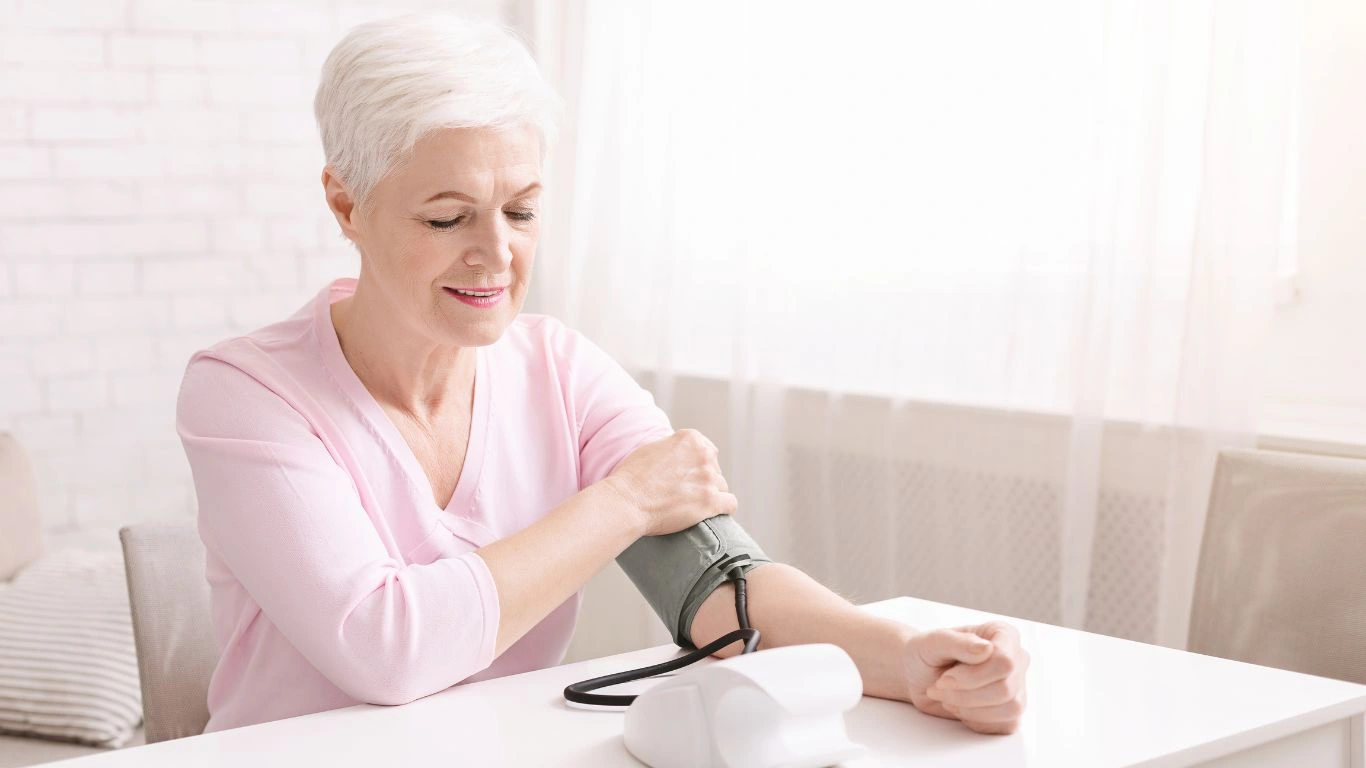
Okay, so you’ve nailed the thermostat setting—awesome. But temperature isn’t the only factor in play here. I always remind my patients that hypertension is a bit of a chameleon. It responds to a bunch of things, often subtly, especially during the night. And let’s be honest—how many of us are doing everything “perfectly” before bed? Yeah, didn’t think so. No shame, just facts.
Late-night snacking and screen time
If you’re munching on salty snacks while binge-watching your favorite show at 11 p.m., your body’s still in go-mode when it should be slowing down. Sodium intake right before bed can increase overnight fluid retention and nudge up those BP numbers. And screens? They pump out blue light that tricks your brain into thinking it’s daytime. That’s double trouble for anyone trying to keep their pressure in check while sleeping.
Stressful thoughts and overactive minds
This one hits close to home. I’ve definitely had those nights—lying there running through tomorrow’s to-do list, remembering that thing I forgot to chart, wondering if my patient’s pressure stabilized after that med adjustment. Stress ramps up cortisol and adrenaline, and guess what? Both hormones raise your blood pressure. That’s why a good wind-down routine is everything.
Building a Consistent Wind-Down Routine
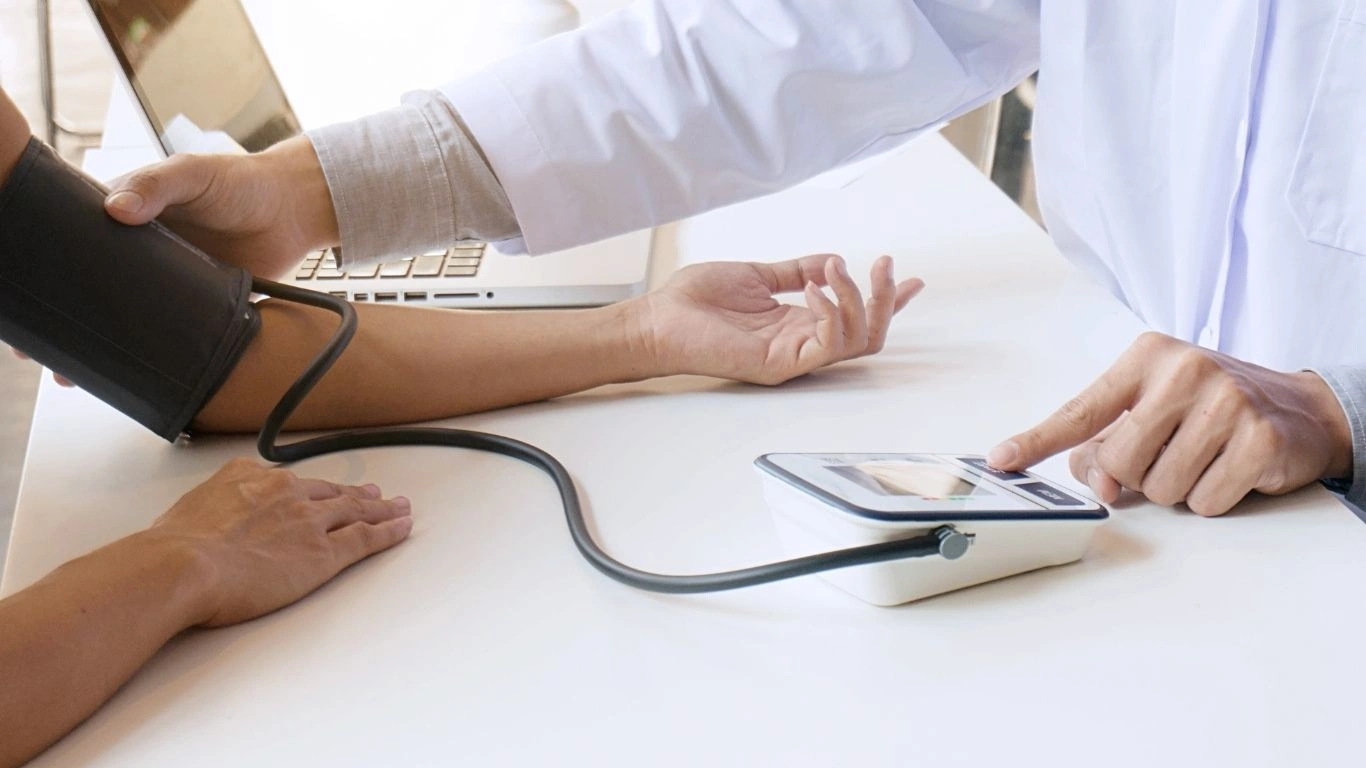
When it comes to blood pressure-friendly sleep, consistency is key. Your body loves rhythm—it’s built for it. That includes your sleep schedule, your light exposure, and yes, your bedtime rituals. Patients who stick to the same sleep-wake times each day (even on weekends!) tend to have more stable nighttime BP readings.
What I Recommend to Patients
- Start winding down at least 30 minutes before bed. That means no phone, no work, no stressful convos. Dim the lights, maybe light a candle if that’s your vibe.
- Try light stretching or guided meditation. Apps like Calm or Headspace have great blood-pressure-friendly routines. Or just sit quietly and breathe—simple works.
- Read a physical book—not your Kindle. I know, I know. But the goal is to limit screen-based stimulation. Even that warm backlight can affect your circadian rhythm.
- Take a warm (not hot) shower or bath. It helps drop your core body temperature after, making it easier to fall asleep.
One of my long-time patients, Rick, had uncontrolled hypertension despite meds, diet, and exercise. We discovered he was a classic “revenge bedtime procrastinator”—staying up till 1 a.m. watching YouTube after long workdays. Once he committed to a solid wind-down routine, not only did he start sleeping better, but his morning pressures dropped a good 10-15 points. No extra meds needed.
The Role of Sleep Cycles and Why Deep Sleep Matters

Another piece of the puzzle is sleep quality—not just quantity. You can be in bed for eight hours, but if you’re tossing and turning, waking up a bunch, or stuck in light sleep all night, your body’s not getting the cardiovascular reset it needs. During deep sleep, your heart rate drops, breathing slows, and your blood pressure naturally dips—a process called nocturnal dipping.
Why is nocturnal dipping important?
People who don’t experience this overnight drop—so-called “non-dippers”—tend to have higher risks for cardiovascular events. I’ve reviewed Holter monitor data where patients’ blood pressure barely moved during sleep—and those were the folks who needed more aggressive intervention. One theory? Chronic sympathetic overactivity during sleep keeps the system revved up, especially in environments that aren’t supportive—like a room that’s too hot, too cold, or too bright.
Clues you might not be getting enough deep sleep:
- You wake up groggy even after 7–8 hours
- Your blood pressure is consistently high in the morning
- You have frequent nighttime awakenings or vivid dreams
- You snore or gasp during sleep (get screened for sleep apnea!)
In my experience, when a patient’s morning BP doesn’t match their controlled daytime numbers, the answer is almost always in their sleep data—or lack of it. That’s when I dig deeper into their nighttime habits, bedroom setup, and sometimes even recommend home sleep studies.
Sleep Apnea, Hypertension, and Room Temperature—It’s All Connected
Let’s zoom out for a sec. Everything we’ve talked about so far—room temperature, light exposure, routine—also intersects with one massive issue I haven’t mentioned yet: obstructive sleep apnea (OSA). Up to 50% of people with hypertension also have undiagnosed OSA. And get this—OSA tends to worsen in overheated bedrooms where airflow is poor. Combine that with untreated high blood pressure, and you’ve got a serious risk cocktail on your hands.
What I watch for:
- Snoring or choking sounds during sleep
- Extreme fatigue during the day, even with decent sleep hours
- Resistant hypertension—meaning it stays high despite meds and lifestyle changes
In these cases, I always refer for a sleep study. And guess what’s often part of the solution? Yup—optimizing the sleeping environment. Cooler temps support easier breathing, reduce inflammation in the airways, and help regulate that parasympathetic “rest-and-digest” tone we’re trying to promote at night.
If this is striking a chord for you—maybe your numbers haven’t budged in months—it might be time to look at what’s happening between 10 p.m. and 6 a.m., not just during clinic hours.
Long-Term Benefits of Optimizing Sleep Temperature

Let’s pull back and look at the bigger picture for a second. Once you’ve dialed in your room temperature, built a consistent sleep routine, and started seeing those morning blood pressure numbers inching downward—it’s not just about better sleep anymore. You’re protecting your entire cardiovascular system long-term. And as someone who’s managed chronic hypertension cases for years, I’ll tell you straight: this kind of quiet consistency is way more effective than constantly chasing the next big diet or gadget trend.
Why this one change makes such a lasting difference
Unlike medications or drastic lifestyle overhauls, optimizing your sleep environment doesn’t require willpower every day. Once you set your thermostat, change your bedding, and automate your wind-down routine, it becomes passive support. That’s the dream, right? Hypertension management that doesn’t burn you out.
One of my patients, Marisol, made a full bedroom transformation: blackout curtains, a sound machine, breathable sheets, and a thermostat set to 65°F. Over 3 months, not only did her sleep quality improve, but she was able to reduce her antihypertensive dose slightly—with my supervision, of course. And the wild part? She swears it all started with fixing her sleep temp. I believe her.
Pairing Temperature Control with Other Hypertension Tools

Look, I’m not saying sleeping in a cool room replaces medication or a heart-healthy diet. But it’s a powerful adjunct tool—one that doesn’t get enough attention. And when you combine the right sleeping temperature with these tried-and-true interventions? That’s when the magic happens.
Here’s what I typically recommend as part of a complete BP-lowering strategy:
- Daily movement—even just brisk walking for 20–30 minutes
- Limiting sodium intake—especially in restaurant and packaged foods
- Mindful hydration—water throughout the day, but taper before bed to avoid sleep interruptions
- Consistent wake-up and wind-down times to anchor your circadian rhythm
- Regular self-monitoring—morning and evening BP readings to track trends over time
Notice how all of those complement sleep. That’s no coincidence. Everything in the body is interconnected—especially when it comes to blood pressure regulation. I tell my patients, think of sleep as the “reset button” your heart gets to press every night. But only if you give it the right conditions.
When to Talk to Your Doctor About Nighttime Blood Pressure
So, you’ve done the sleep hygiene work, set the room temp just right, even started journaling your BP numbers. But what if things still feel off? This is when I encourage patients to loop in their primary care doc—or better yet, a hypertension specialist.
Red flags I look for in clinic:
- Consistently elevated morning BP, even with meds and good habits
- Snoring, restless sleep, or frequent nighttime bathroom trips
- Fatigue that doesn’t improve with more sleep
- Any symptoms of sleep apnea or poor sleep quality despite a good setup
These signs might mean your hypertension is being influenced by something deeper—like OSA, hormonal shifts, or medication timing. That’s where more advanced tools like ambulatory BP monitoring, home sleep studies, or evening medication adjustments come into play. Trust your instincts and don’t downplay your symptoms. Nighttime is when our bodies are supposed to heal—if that’s not happening, it’s worth digging into.
Final Thoughts on Prioritizing Sleep for Better Blood Pressure
If there’s one message I want you to walk away with, it’s this: don’t underestimate the power of a cool, dark, quiet room. It’s not just about comfort—it’s a legit, evidence-backed strategy for protecting your heart, improving your sleep, and supporting more stable blood pressure over time.
It’s easy to overlook these “small” changes because they seem too simple. But as someone who’s walked this journey with hundreds of patients, I’ve seen the results—on home BP logs, in follow-up labs, in the way people start showing up to their appointments more rested and less anxious.
So whether you’re just starting to manage your hypertension or you’ve been tweaking your routine for years, give this one a try. Set the room to that sweet 60–67°F zone. Stick with it. And watch what happens.
References
Disclaimer
This article is for informational purposes only and reflects my professional experience as an Internal Medicine physician. It is not a substitute for medical advice, diagnosis, or treatment. Always consult with your healthcare provider before making changes to your medications, sleep habits, or hypertension management plan.


